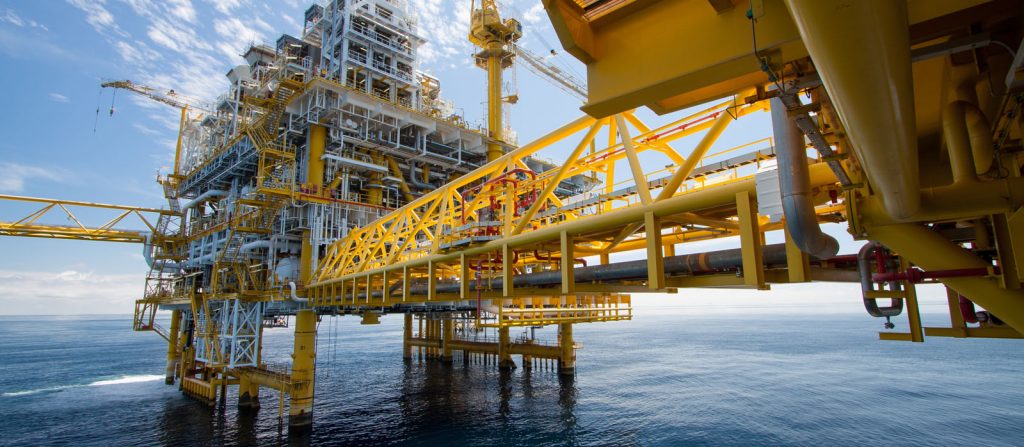Monitoring your project
In the first part, we explored the need for a holistic approach to project management, keeping in mind that projects are a mass of interconnected processes and people. This time, I’d like to talk about the importance of monitoring project progress, and why it matters so much in successful project delivery.
I believe the lack of effective monitoring, which is caused by the lack of accurate and reliable progress data, eventually is a huge factor in project failure/delay. Managers simply don’t have the information they need to do their jobs effectively.
What happens is that we monitor progress by comparing planned progress with so-called actual progress (so-called because we rely entirely on what is reported to us which is often unverified) and so don’t have a true picture of what’s going on. We’re measuring progress as we think it is – or as we think it should be – rather than as it actually is, in the real world. We’re going by subjective reports at best and guesstimates at worst.
Not only that, we’re using ‘old’ data – sometimes up to a month old. Companies do not have a way to capture work status as it happens i.e., in real time. Task completion dates are manually collected through phone calls, meetings, and even verbal reports. So, there is a lag in getting the data and also a lag in verifying it. And although we spend a great deal of thought and effort making a project plan that dove-tails milestones with activities and quality and so on, we have no way to carry it out! It’s like having a superb high-tech railway track with beautifully marked signposts and markers…but no train. Only people, walking along the track and trying hard to keep up with each other, and with the schedule. Result: If there’s a milestone coming up in 10 days, day 10 is usually when the manager realizes there’s something amiss. But is it really his fault? Is not the system set up for failure?
Of course, we do monitor projects. Dams, stadiums, bridges, power plants, highways – all monitored somehow or they wouldn’t be here today. But the problem is the word ‘somehow’. One could say projects are completed DESPITE the methods used to track and manage them, not because of them. And that is because projects are still managed manually. By human managers. By fallible human managers. And that is the crux: dependency on human effort is one of the biggest bottlenecks in project management.
In the last century, automation transformed the manufacturing industry by removing human inefficiencies from the manufacturing process. Why shouldn’t it do the same for construction? Fundamentally, construction is also a process. Not as linear as manufacturing, but a process nonetheless, and as such, likely to benefit from automation. Because automation is the only way to bridge the gap between theory and practice, between planned and actual.
I saw this play out in real life a few years ago when I was called in on a high-value fast-track project which had been on ice for a very long time. When it finally got the green light there was immense pressure to deliver quickly. I got involved through the design consultant who was my customer and after joint discussions with the contractor (who eventually became my customer also) we set up a model of automated monitoring that eliminated the need for human monitoring altogether. With this in place the work went ahead smoothly and the project was finished ahead of time, something that rarely happens in EPC.
Which proved to me that a system for accurate progress measurement is not just a cool high-tech addition to project infrastructure, it could be the difference between success and failure.
Have a question or insight about other factors that lead to project delay? Leave a comment.
